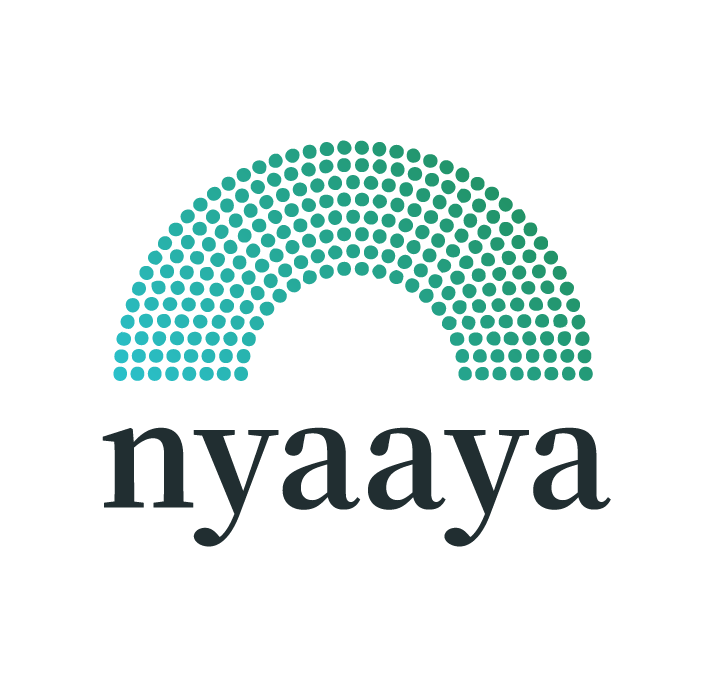By Gatha N and Swarna Sengupta


Smoking tobacco is one of the major health risks which threaten human health worldwide. It affects the cardiovascular and respiratory systems which can manifest as lung cancer, heart attacks, asthma, strokes, impotency etc.1 The health risks are manifold for passive smokers as the smoke emitted from the smoker’s cigarette contains three times more nicotine, tar and ammonia. In the landmark case of Murli S. Deora v. Union of India, the Supreme Court had held that public smoking and tobacco is a major health hazard which has, directly and indirectly, led to lakhs of death and economic losses.2
12% of the total world’s smokers reside in India.3 Therefore, in order to combat such a hazardous activity, India first enacted the Cigarettes (Regulation of Production, Supply and Distribution) Act, 1975. This Act made it compulsory for all cigarette packaging to display a warning stating that it is injurious to health. In 2003, this Act was replaced by the Cigarettes and Other Tobacco Products (Prohibition of Advertisement and Regulation of Trade and Commerce, Production, Supply and Distribution) Act, (‘COTPA’). The objective of this law was to protect citizens, especially vulnerable groups such as children, from being involuntarily exposed to the harmful tobacco smoke. Its aim was to also prevent young people and children from being addicted to smoking. The act also regulates advertisements, production and distribution of cigarettes.
Smoking in a public place
Section 4 of COTPA prohibits anybody from smoking in a public place. Under Rule 3 of the Prohibition of Smoking in Public Places Rules, 2008 (‘2008 Rules’), the owner, manager or person-in-charge of a public place must ensure that nobody smokes there. No matchbox or ashtray should be provided either.
A board containing warning signs, in certain specifications, should be displayed prominently at the entrance(s) of the public place. If anybody wants to file a complaint against someone publicly smoking, then the number of the authority should be displayed prominently. If no action is taken by this authority, then the authorities themselves can be fined.
Hotels with at least thirty rooms, restaurants having a seating capacity of thirty persons or more and airports are permitted to have a designated smoking area. They should not be at the entrance or exit of the place.
Advertisement of cigarettes
Section 5 of the COTPA prohibits the advertisement of cigarette and tobacco products by its producers, sellers, distributors etc. Nobody should be part of an advertisement which directly or indirectly promotes smoking or economically benefit from such advertisements. Under the Cigarettes and other Tobacco Products (Prohibition of Advertisement and Regulation of Trade and Commerce, Production, Supply and Distribution) Rules, 2004 (‘2004 Rules’) public places are supposed to display the signage which says ‘No Smoking Area’ as per the specification given in the Rules.4)The Rules have specifications for the same.
For example; Each board has to contain one of the warnings between ‘Tobacco causes cancer’ or ‘Tobacco kills’ in the Indian language which is applicable.
In hotels and restaurants which are permitted to have a smoking area, such areas should be physically separate from the non-smoking area to ensure that the public is not required to pass through it in order to reach the non-smoking area.5)
Warning on packaging
Every package of cigarettes which is produced/supplied/distributed/sold/imported must mandatorily have a warning printed on them.6 The warning must be prominent and can be written in English and/or any other Indian language.7 The warning should be placed in the largest panel of the packet. The package should also mention the tar and nicotine levels of that particular cigarette which must not exceed the permissible limits. Any seller or manufacturer who fails to provide the warning or the nicotine and tar content can be punished with imprisonment and/or fine.8
Depiction of smoking and tobacco products in movies and television programmes
Individuals or characters in television programmes are not allowed to display tobacco products or talk about their use. However, there are also exemptions provided for this general rule.
· It does not apply to old Indian films, old foreign films and old television programmes, which were made before this notification came into place.
· It does not affect the airing of Indian or foreign documentaries and health spots which talks about the uses but also clearly reflects on the dangers of tobacco use.
However, these movies and programmes must have a disclaimer about the ill-effects of using these products. There must also be a disclaimer by the actor which has to be displayed at the beginning, middle and end of the film, in the cinema theatre. In case of old television programmes, an anti-tobacco health warning scroll will be continuously displayed on the screen during the concerned scenes.
· The Rule does not apply to live coverage of news, interviews, sports or cultural events etc.from being telecast on television where there is an unintentional coverage of the use of tobacco products.
· It also does not apply to new Indian or foreign films and television programmes where the display of the use of tobacco products is necessary for representation “of a real historical figure or a historical era or classified well-known character”. This needs to be supported by a strong editorial justification.
These film and television programmes will run disclaimers and have the warning scroll. In all these shows, no display of brands of tobacco products or a close-up of tobacco products is permitted at any point.
The entertainment industry, however, did not like the restrictions on their creative freedom. From 2006 to 2011, there were discussions, consultations and even cases filed on the issue of actors smoking in new films. In 2012, the Rules were amended and the new movies are now allowed to show smoking on-screen but with health spots, warnings and a strong justification by the editors as to why they need to show that the actor is smoking. Given that Bollywood has such a large impact to play on the lives of the youth and can influence them, these rules need to be strictly followed by the film industry or it will encourage further smoking habits.
Selling cigarettes and tobacco products to minors
- The owner, manager or person in charge of the affairs of a place where cigarettes and other tobacco products are sold should not display tobacco products in such a way that they are visible.9) This is to prevent easy access of tobacco products to persons below the age of eighteen years.9)
- No tobacco product should be handled or sold by a person below the age of eighteen years.10)
- Under Rule 5(2), the seller of the tobacco products has to make sure that the customer is not a minor.
- A lot of Indian or foreign films and television programmes displaying tobacco products or its use are permitted to be telecast on television at specific timings which are likely to have the least viewership from minors.11
Despite these provisions, smoking still causes more than 1 million deaths each year in India alone. 12 Therefore, strict implementation of the law is required. Recently, the National Tobacco Control Cell under the Health Ministry has mandated reports from States/Union Territories in order to keep a check on the violations.13 How this step will help in curbing the menace of smoking in India is yet to be seen.
____________________
Gatha G Namboothiri and Swarna Sengupta are students at West Bengal National University of Juridical Sciences and a member of Kautilya Society, an initiative of Vidhi Centre for Legal Policy. Views are personal.
- Shekhar Sumit&Abhishek Tripathy, “Smoking, Public Health and Law: Deliberating the Contours of a Moratorium on Smoking” (2009) 2:1 NUJS L Rev 93.[↩]
- (2001) 8 SCC 765.[↩]
- Gauravi A. Mishra & et al., “An Overview of the Tobacco Problem in India” (2012) 33(3): Indian J Med Paediatr Oncol. 139, available at- https://www.ncbi.nlm.nih.gov/pmc/articles/PMC3523470/.[↩]
- Rule 3(1[↩]
- Rule 3(2[↩]
- Section 7[↩]
- Section 8.[↩]
- Section 20.[↩]
- Rule 4(5[↩][↩]
- Rule 5(2)(c[↩]
- Rule 4(7)(a), Proviso to Rule 8(1)(b).[↩]
- World Health Organisation, India Factsheet 2018, available at- https://apps.who.int/iris/bitstream/handle/10665/272672/wntd_2018_india_fs.pdf?sequence=1[↩]
- Government of India, Steps Taken for Effective Implementation of COTPA, 2019, available at- https://pib.gov.in/newsite/PrintRelease.aspx?relid=108021[↩]


